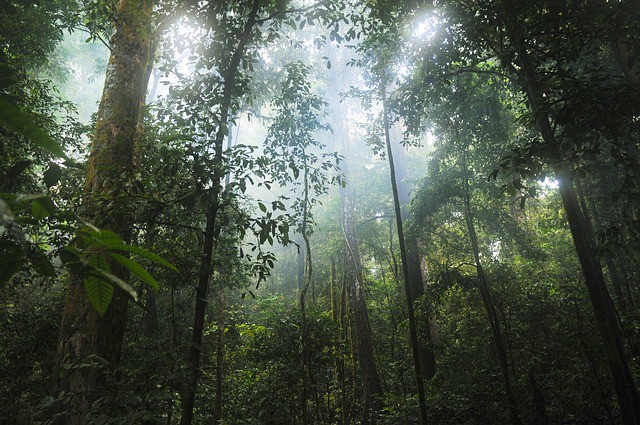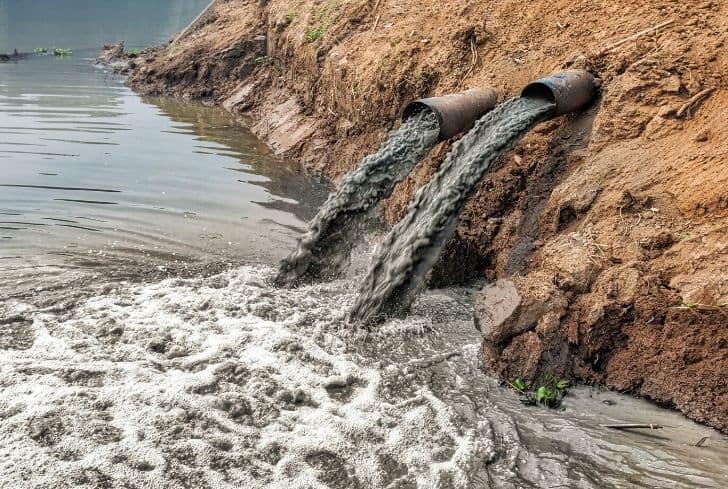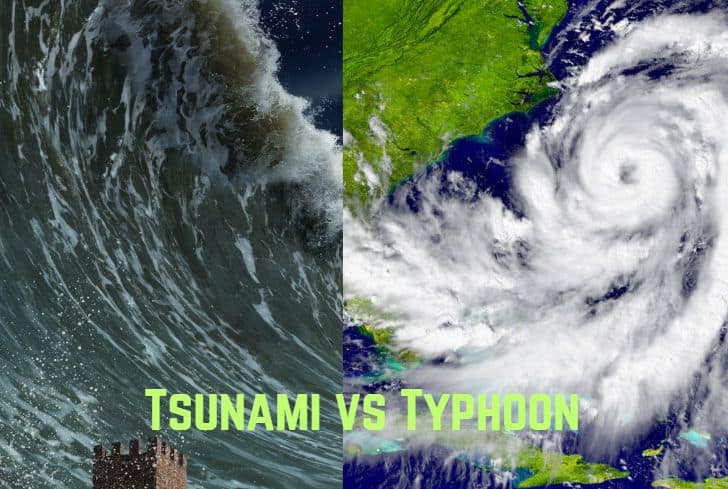17 Awesome Facts About Hydropower That You Must Know

Hydropower is simply energy that comes from water, which can be used to generate electricity. It is a renewable energy source, and the most efficient way to generate electricity. But how does it work?
Hydropower plants capture the energy released by water falling from an elevated position and convert this energy into useful electricity. The falling water is normally channeled through a turbine that transforms the water-energy into mechanical power.
The mechanical power rotates the turbine, which in turn drives a generator that produces electricity. The amount of electricity that can be produced at a hydropower plant depends on the height of the elevated position from which the water is falling and the flow rate.
Today’s hydropower turbines can convert up to 90% of the energy into electricity. That makes them far more efficient than fossil fuel plants, which are usually about 50% efficient.
Let’s look at 17 interesting facts about hydropower
Fact 1: Modern hydropower can be traced back to the 1700s when the alternating current was invented. The invention led to the building of a number of hydro-electric power plants, including the Redlands Power Plant that was constructed in 1893.
Fact 2: The electricity generated from hydropower in the United States can sufficiently serve the needs of at least 28 million residential customers.
Fact 3: Hydropower utilizes the Earth’s water cycle to generate electricity. This is in light of the fact that water generates kinetic energy as it flows downstream. This energy is what is transformed into electricity.
Fact 4: The first hydro-electric power plant in the United States was located in Niagara. It was constructed in 1881 when Charles Brush connected a generator to turbines driven by the falls. He used the electricity generated for nighttime lighting for tourists.
Fact 5: The first commercial hydropower plant in the U.S. was constructed in 1882 in Appleton, Wisconsin. The electricity was used to power lighting for several homes and a paper mill.
Fact 6: Pumped Storage is a type of hydropower that works like a battery. It stores energy by pumping water from a reservoir at a lower position into another reservoir at a higher position. When you need power, you simply release the water, which rotates a turbine and generate electricity as a result.
Fact 7: Dams are constructed not only for generating electricity but also for numerous other purposes. These may include irrigation, flood control, transportation, and recreational activities. Take the United States for example; only 3% of the over 80,000 dams across the country are used for electricity generation.
Fact 8: Some hydroelectric power plants can go from zero power to maximum output in no time. This makes hydropower ideal for emergency situations. It can be used to meet unexpected changes in electricity demand.
In light of the fact that hydropower facilities can deliver power to the grid almost instantly, they have proved valuable in providing back-up during major power disruptions like the 2003 outage that affected southern Canada and the northeastern U.S. states.
Fact 9: Hydropower is more advantageous than fossil fuels. Hydropower plants produce less pollution and play a great role in minimizing greenhouse gas emissions. Besides being a renewable resource, hydro-electric power also lower operational and maintenance costs compared to other sources of electricity. In fact, hydropower prevents the burning of at least 120 million tons of coal and 22 billion gallons of oil.
Fact 10: Norway gets virtually all of its energy from hydropower. In fact, the country gets 99% of its energy from 20 hydropower facilities. A single hydropower plant produces enough energy every year to run Oslo city, the nation’s capital.
Fact 11: Some hydropower facilities don’t have dams. These facilities are normally so small that they can simply be located near irrigation trenches. Some hydropower plants simply use a diversion to channel water through a generator.
It’s worth noting that hydropower facilities that use a dam are called High Head, while those that don’t have a dam are referred to as Low Head.
Fact 12: Hydropower equipment at dams can facilitate easy movement of fish and other wildlife around dams and between river sections. These may include fish elevators and fish ladders, which can help fish migrate.
Fact 13: Developing and expanding the hydropower industry can be a difficult endeavor, thanks to strict regulations. In order to construct more hydropower plants, for example, there are tons of environmental and location assessments that need to be undertaken.
The initial start-up costs for a new hydropower plant normally run into billions of dollars, making it difficult for small-scale hydropower players to handle.
Fact 14: Despite being a clean source of energy, hydropower still poses some danger to the environment. Damming a river can have a negative impact on the migration patterns of fish. Some hydropower facilities can lead to low levels of dissolved oxygen in the water, which can have a detrimental effect on aquatic life.
Flooding of extensive areas of land is one of the most destructive impacts of hydroelectric dams. While these dams can also be used to uphold sufficient water supplies, provide irrigation, and recreation, they have on several occasions submerged people’s homes and destroyed their sources of livelihood. For example, the La Grande project in the James Bay region of Quebec has already submerged at least 10,000 square kilometers of land.
Fact 15: A massive volume of moving water is needed to generate electricity. At a hydropower facility, about 18 gallons of water is needed to generate just 1kWh of electricity.
Fact 16: Hydropower is an important resource in every part of the world. About 16% of the total amount of electricity used across the globe comes from hydropower. It’s worth noting that Brazil, China, and the United States are some of the leading producers of hydroelectric power in the world.
Fact 17: Here’s a brief look at the world’s six largest hydro-electric power plants
- Three Gorges in Yangtze River, China – Three Gorges Dam is the largest hydropower dam in the world, boasting a generating capacity of 22.5 Gigawatts. The idea was conceived in 1919 and was finally realized in 2008.
- Itaipu in Paraná River, Brazil/Paraguay – This hydropower plant overlaps Brazil and Paraguay and has a generating capacity of 14 Gigawatts.
- Xiluodu on Jinsha River, China – Besides being able to generate 13,860 Megawatts this hydro dam also helps to control floods in the region
- Guri on Caroní River, Venezuela – The 7426-meter long and 162-meter high Guri Dam boasts a generating capacity of 10,235 Megawatts.
- Tucuruí on Tocantins River, Brazil – Tucurui hydro dam was the first large-scale hydropower facility in the Amazon rainforest. It can generate up to 8,370 Megawatts.
- Grand Coulee on Columbia River, U.S – Constructed in 1933, Grand Coulee dam is the largest hydropower plant in the United States and can generate up to 6,809 Megawatts. It is located in Washington State.
Sources:
http://www.sciencekids.co.nz/sciencefacts/energy/hydropower.html






